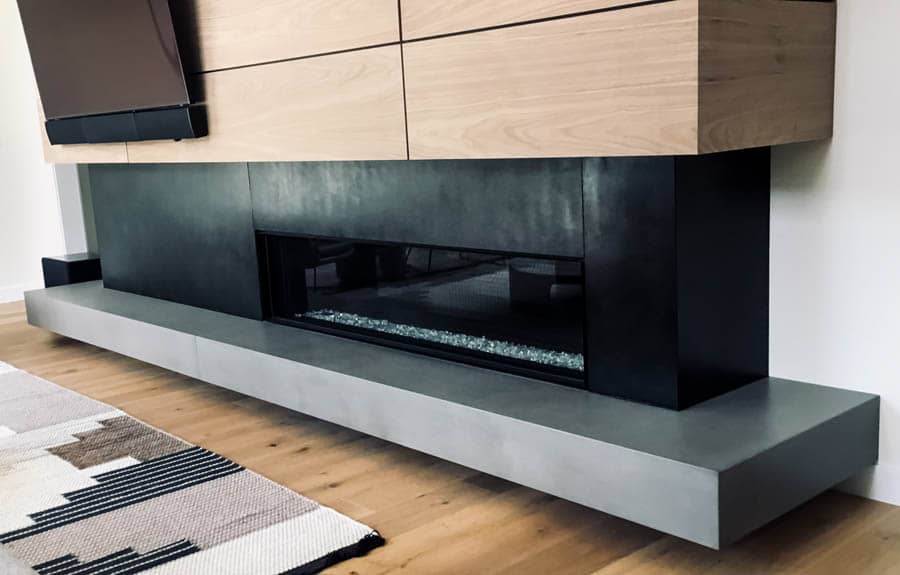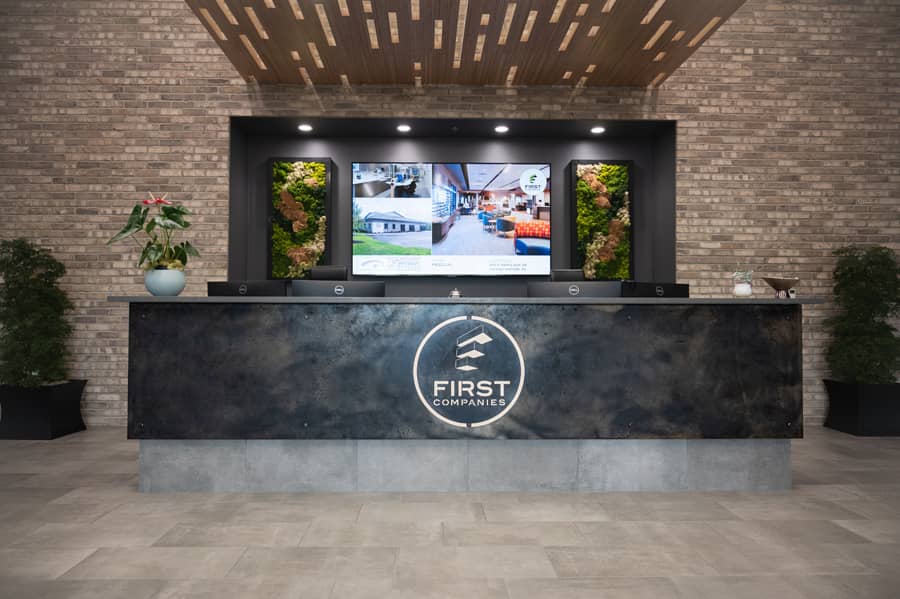
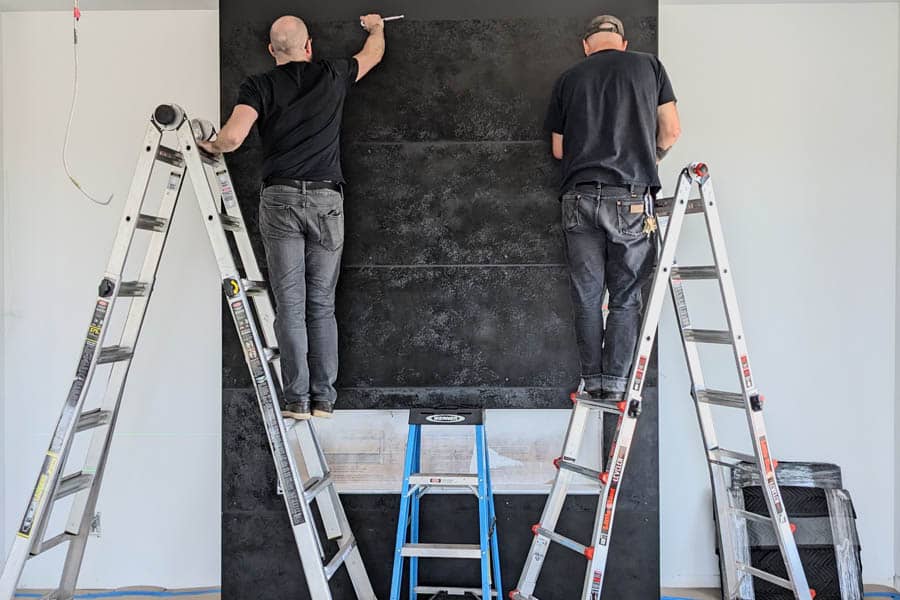
The Versatility of Metal Cladding and Paneling
Metal cladding and paneling are versatile design elements that can be employed in a multitude of ways within a space. Whether used to cover entire walls or as accents in specific areas, their allure lies in their ability to seamlessly blend with various interior styles – from minimalist and industrial to eclectic and modern.
Let’s delve into the different types of materials commonly used in metal cladding and paneling:
1. Stainless Steel: Sleek and durable, stainless steel is a popular choice for metal cladding. It is resistant to corrosion, easy to clean, and can withstand high temperatures, making it an ideal option for kitchen spaces or areas with heavy foot traffic. Its polished surface adds a touch of elegance, while brushed or textured finishes can create a more subdued or rustic ambiance.
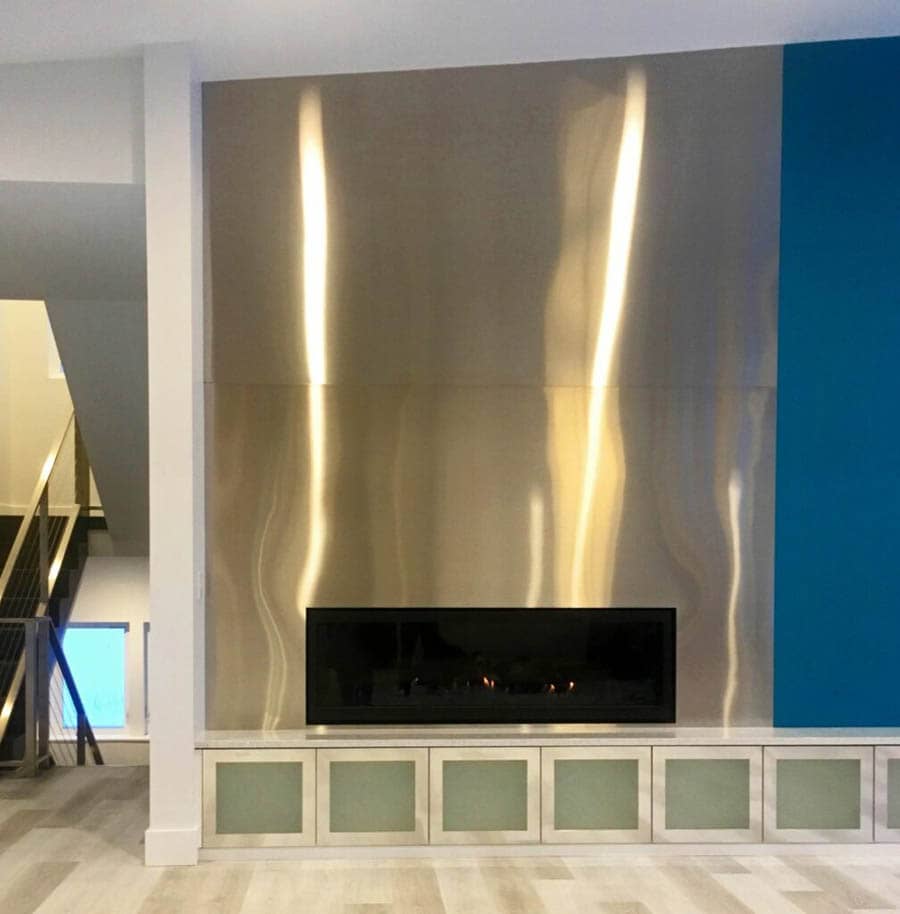
3. Copper: Renowned for its warm, rich hues, copper is a bold choice that lends a sense of luxury and sophistication to any interior. Over time, copper develops a distinct patina, adding character and uniqueness to the space. Its application is well-suited for accent walls or statement pieces, creating a visual focal point.
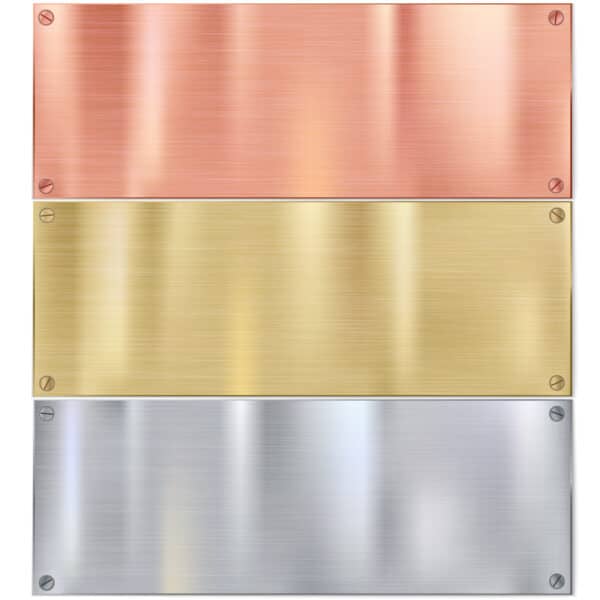
5. Corten Steel: Also known as weathering steel, Corten Steel develops a rust-like patina over time, creating a distinctive and rustic appearance. This material is commonly used in outdoor spaces, but its unique look has also made its way indoors, adding an industrial edge to modern interior designs.
Finish Options for Metal Cladding and Paneling
Beyond the selection of materials, the choice of finishes further enhances the aesthetic impact of metal cladding and paneling. Here are some popular finish options to consider:
1. Polished: A polished finish accentuates the sleek and modern characteristics of stainless steel, exuding sophistication and contemporary charm. It is an ideal choice for spaces that aim to radiate a sense of luxury and cleanliness.
2. Brushed: The brushed finish creates a textured appearance that masks fingerprints and scratches, making it a practical option for high-traffic areas. This finish adds a subtle touch of elegance and pairs well with various design styles.
3. Anodized: Typically applied to aluminum, anodization involves an electrochemical process that produces a durable and vibrant color finish. Anodized panels offer a wide array of color options to suit diverse design schemes.
5. Powder-Coated: Powder coating allows for a range of color choices and is commonly applied to aluminum. This finish provides a durable and scratch-resistant surface, making it an excellent option for both interior and exterior applications.
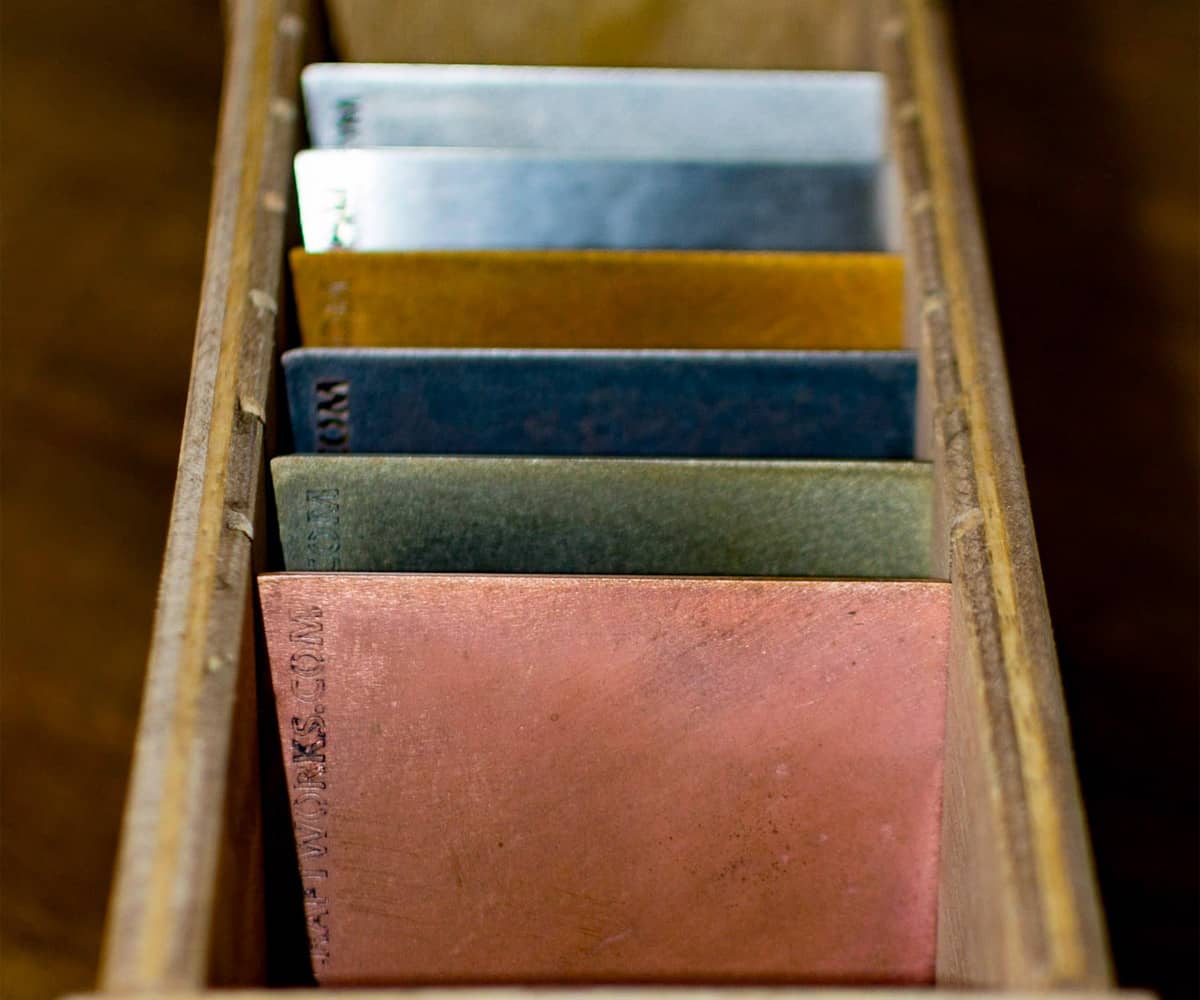
Conclusion
Metal cladding and paneling have transformed interior design, marrying aesthetics with functionality in a seamless manner. From stainless steel’s modern elegance to the warm allure of copper, the diverse range of materials and finishes allows designers to experiment and bring their creative visions to life. Whether used as a striking feature wall or as understated accents, metal cladding and paneling continue to inspire and enrich interior spaces, making them a timeless choice for contemporary and classic designs alike. Embrace the fusion of form and function and elevate your interior design projects to new heights.
Got a project in mind? Let’s talk!
